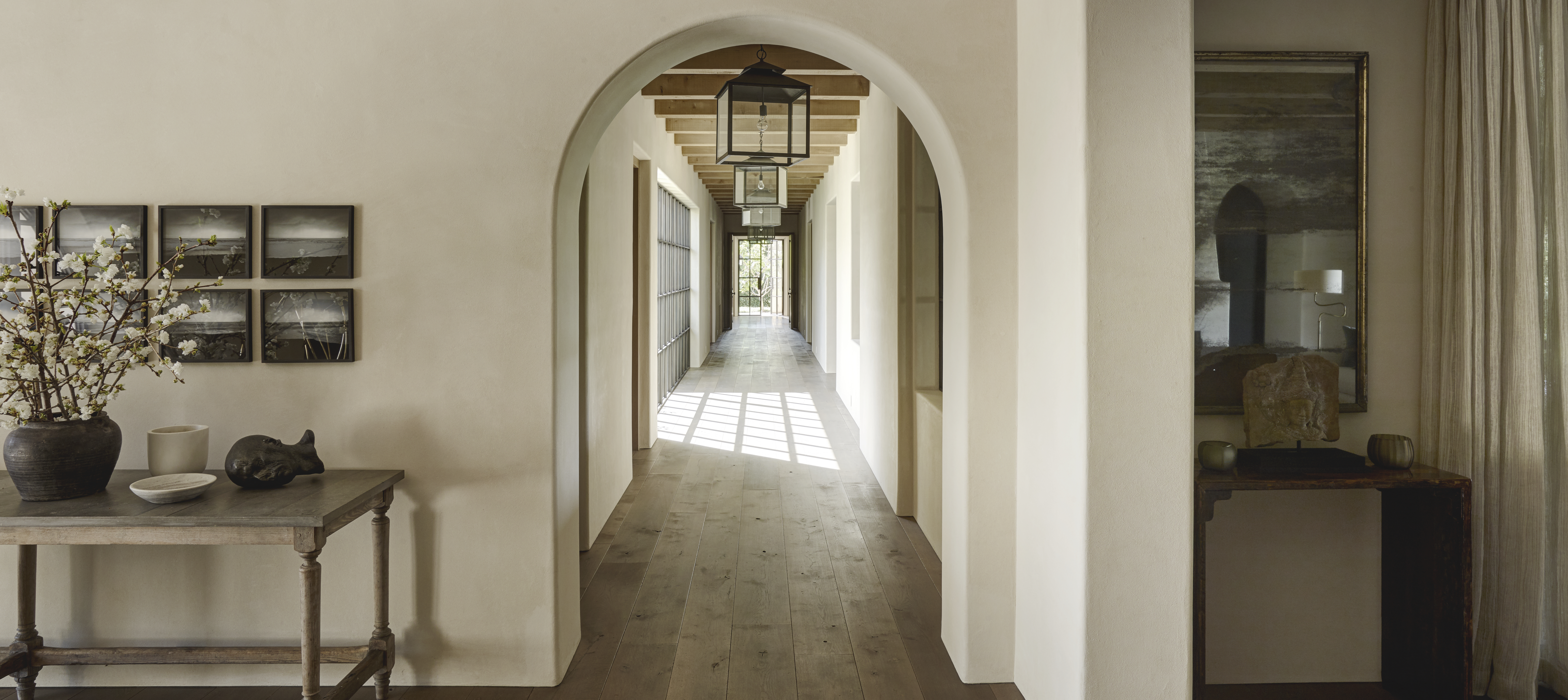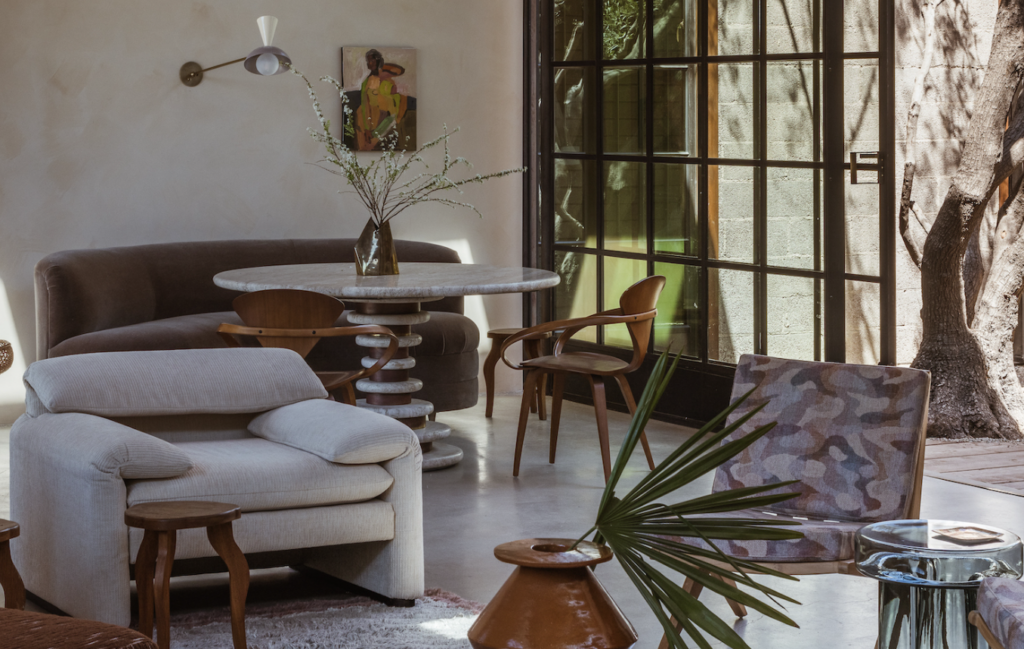Considered one of the most influential interior designers in the world, UK-born Californian Kathryn Ireland creates refined, relaxed and liveable homes
The interior designer Kathryn Ireland is recalling the time she received what she considers to be her greatest ever compliment. “My first client was the actor Steve Martin,” she says, “and he gave a dinner at the house I’d just finished for him. Mickey Rooney was there, and he said to him, ‘Steve, I had no idea what a talent you are as an interior designer.’ That, to me, was such great praise, because what he was saying was that it looked like Steve had done the house himself. That’s what I strive to do, to find the decorator in every one of my clients, and the way they like to live. I don’t like a room to look ‘decorated’.”
It’s a starry story, and one that says much about Ireland’s beginnings in the interior-design industry, and the aesthetic she has developed in the years since. Having been brought up in London and Scotland, she arrived in Los Angeles in the late 1980s as an actress, filmmaker and fashion designer, moving into textiles and interior design in the early 1990s when, with three sons under four, she took a step back from film to explore her growing interest in creating homes.

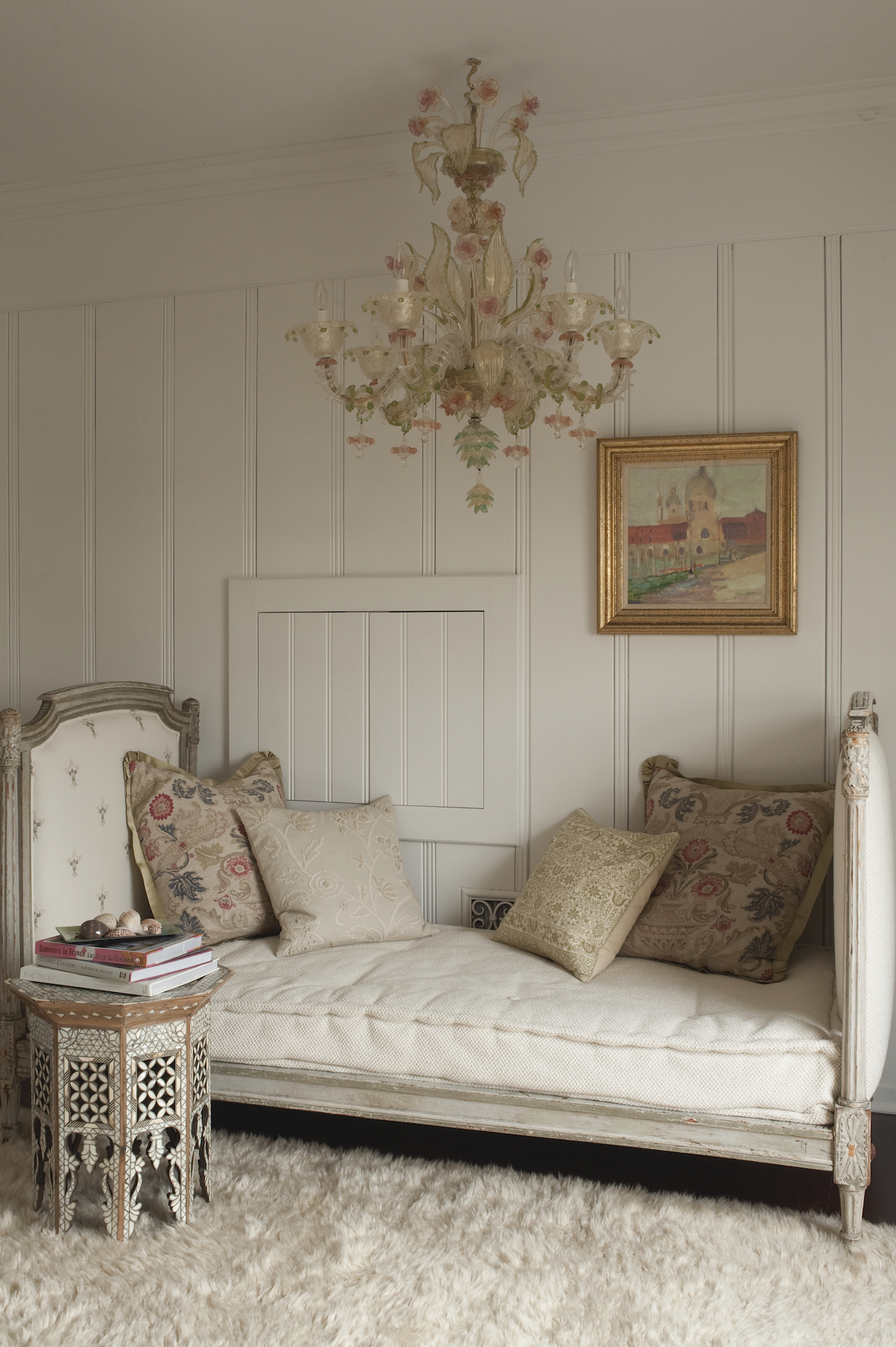
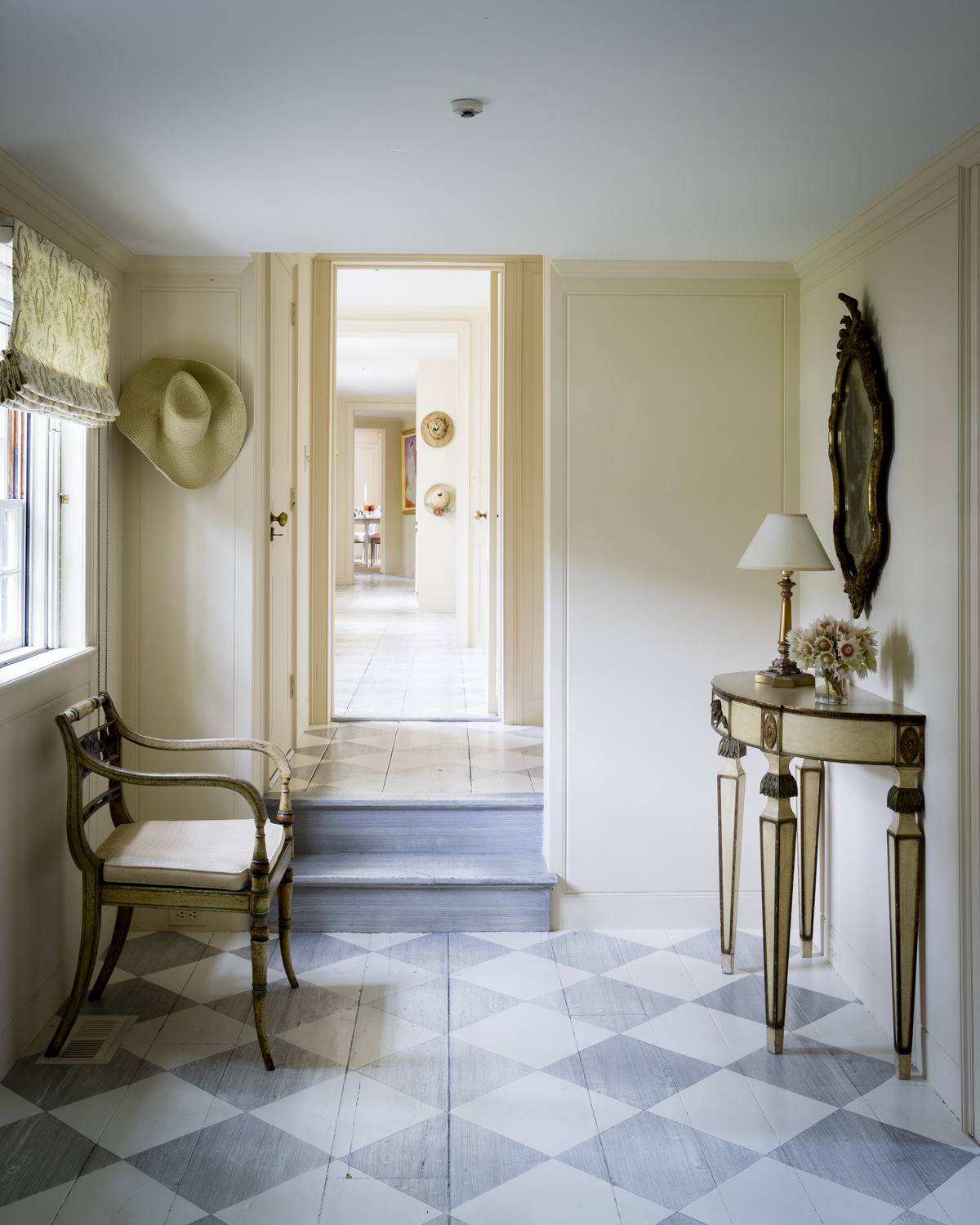
Since then, she has become one of the world’s most influential designers, with a high-profile client list to match – plus a starring role in the American television series Million Dollar Decorators under her belt – but her style remains refreshingly relaxed. Her clients come to her not for a conventional A-lister look, all shiny surfaces and designer pieces, but for her talent for creating an interior that feels like home.
I do houses that are to be lived in. I understand living with dogs, having children, people, parties. Above all, I like to create that absolute sense of comfort and well-being.”
Interior designer Kathryn Ireland
“I do houses that are to be lived in,” she says. “I understand living with dogs, having children, people, parties. Above all, I like to create that absolute sense of comfort and well-being.” Comfort, to her, means “very good low lighting, nice deep feather sofas that don’t immediately spring back up when you get up off them. I’d rather spend on one really good sofa with well-made upholstery, and pick up other pieces from flea markets and second-hand shops; you can find such gems when you pootle around the countryside. I like a room to look lived in,” she adds, “not as if you’ve had maid service come in every time you’ve left it. There should be an empty wine glass, some rough old pillows, a few dog hairs.”

Her aesthetic stems partly from her upbringing – “surrounded by good taste”, thanks to her mother’s flair for decorating and her experiences travelling with her parents. She readily admits that she didn’t go to design school, but instead trained her eye in the field, as it were: “The only way to get good at decorating is to do it,” she says. “I’ve made all the mistakes; it’s how you learn.”
Her own experiences of the houses she has lived in and decorated have influenced her taste, as has her unique standpoint as a British-born designer living in California. Her flair for the laidback look she attributes to her exposure to classic English country-house style – “No one is better than the English at that”, she says – while the contemporary architecture and indoor-outdoor lifestyle of the West Coast of America have given her look a modern edge.
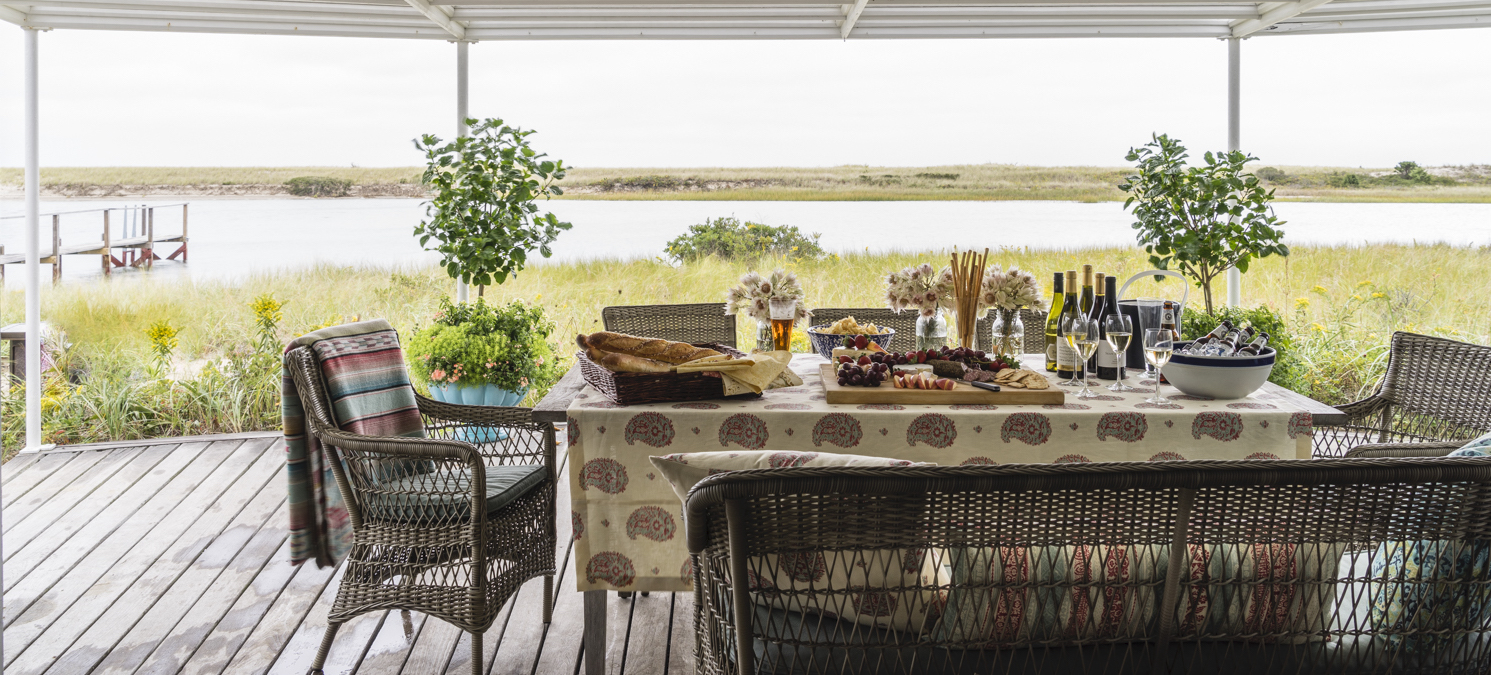
As one might expect, after 30 years in the business, she has strong ideas about what works, and what doesn’t. “I’m one for creating a big bathroom and a fabulous kitchen – and I can’t bear built-ins with overproduced, fancy woodwork,” she says. “My theory is that you should be able to take your kitchen with you when you leave. And I don’t want to see a big fridge, or overhead cabinets.” Her favourite kitchen in the world is the one at her second home, a farmhouse in France, where there’s a fireplace, a sitting area and an Aga – and, crucially, an adjoining prep room with fridges and a stove that acts as the “working kitchen”.
Another thing she can’t bear is a house without soul, one that doesn’t reveal anything about the people who live in it. “I always say no house is a home unless it’s got a piano and a sewing machine; fundamental things,” she says. “And bookshelves! I think libraries are making a comeback, and I’ll make it my lifelong project to make sure we still have books in bookcases.”

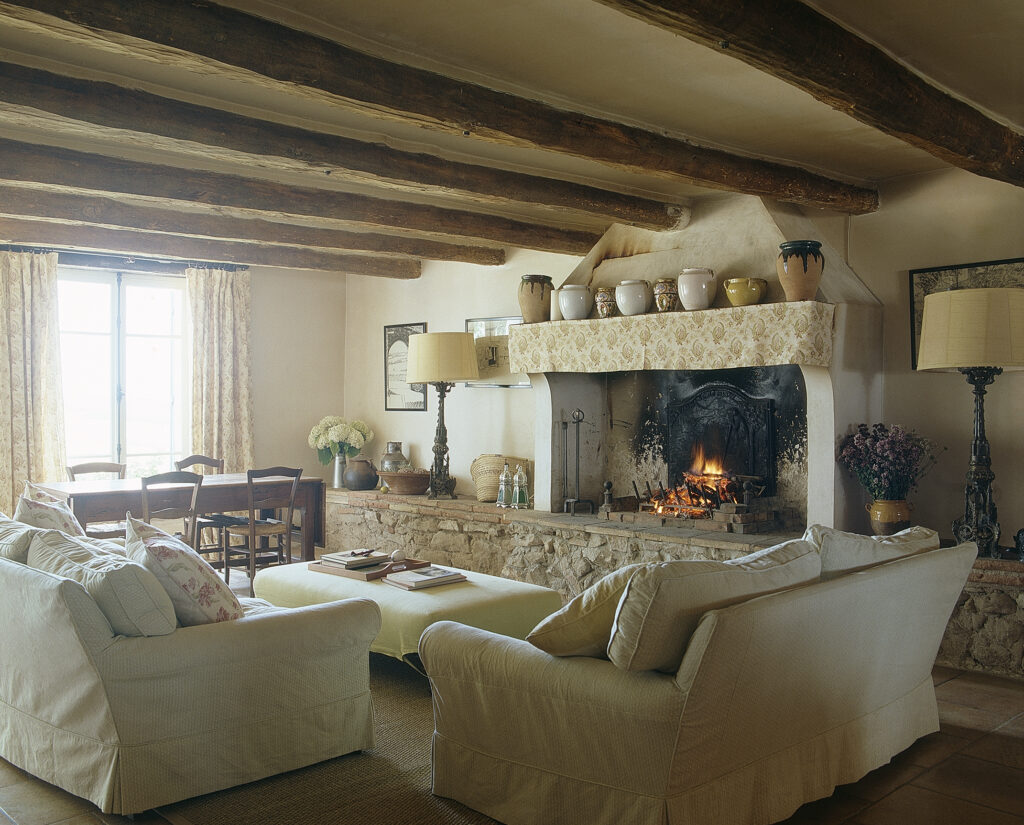
But her most important decorating rule is that no room is complete without a mix of texture and colour, an alchemy that comes to her, as a textile designer, quite naturally. Her rooms will often contain a combination of different fabrics, on floors, walls, sofas and beds, that don’t necessarily match, but work in harmony together to create a layered, evolved look – although never one that is overdone (“I always liken decorating to cooking,” she says. “One too many ingredients and you throw the whole dish off.”)
Her method when mixing fabrics in a room is to start with a palette of three: what she thinks of as the lead fabric, plus a couple of others. “I don’t really have a rule of thumb,” she adds, “except, I’d say, it’s a floral, a plaid and a stripe. It sounds a little formulaic, but that’s often how it ends up.”

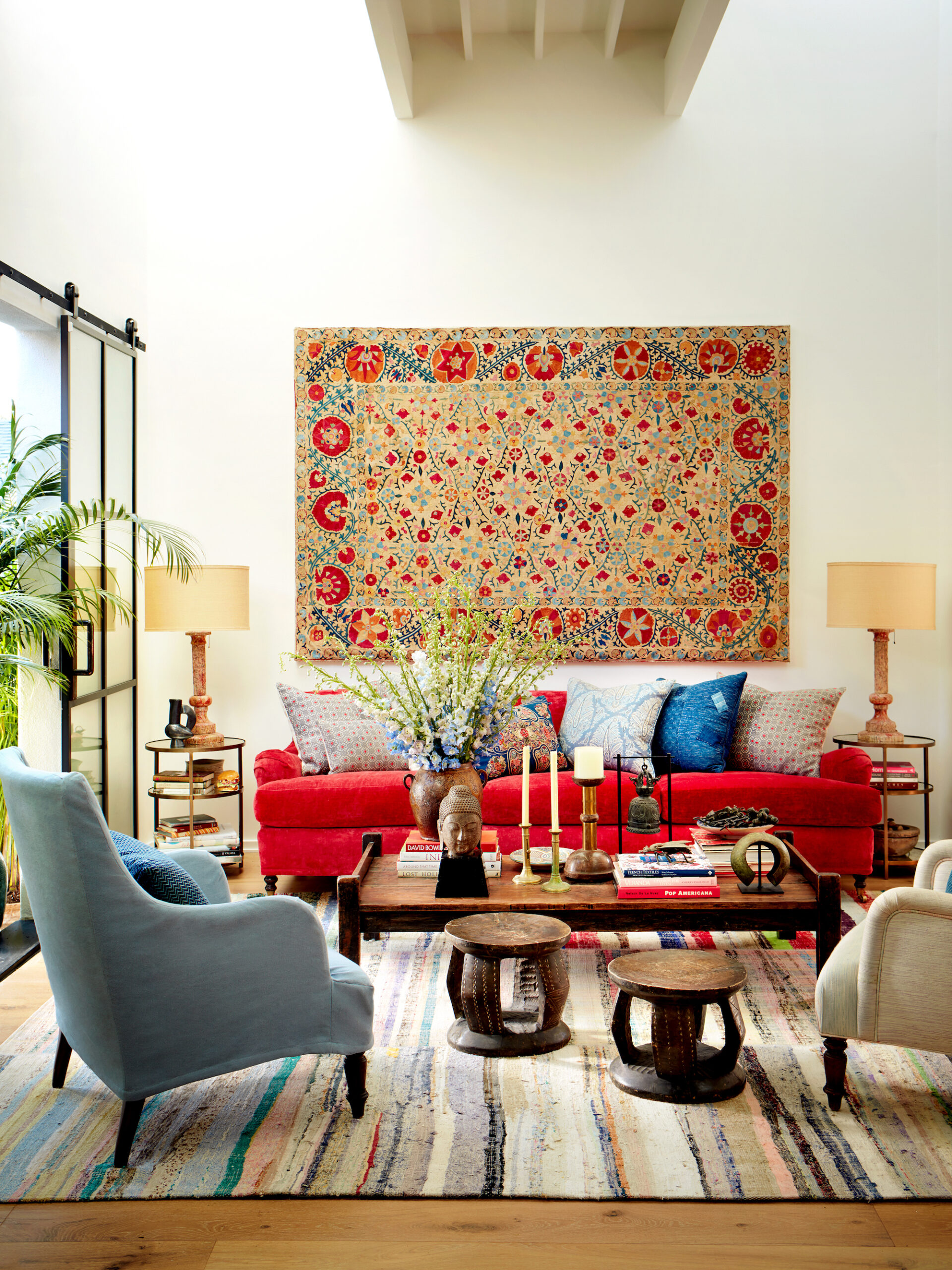
It’s a formula that clearly works, and has resulted in a portfolio of houses that brim with personality, style and a relaxed glamour, rather than the hallmarks of conspicuous consumption. “That bland, catalogue look where everything’s just one note is easy for people to replicate, but it’s not cheap,” she says. “I always say bad taste costs way more than good taste. A lot of decorators tend to over-decorate.”
Her approach, on the contrary, is to find that perfect balance of space-planning, furniture placement, layers of fabrics and a sprinkling of well-chosen accessories.
“The thing about decorating is, it’s so like magic,” she muses. “You start off with an empty space, and all of a sudden, lo and behold, you have a room that is fabulous.”
Kathryn Ireland’s online course, Artfully Edited Interiors, is available via Create Academy from June 2022



